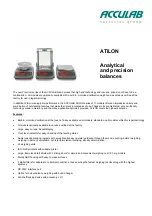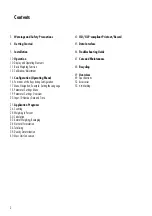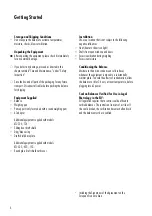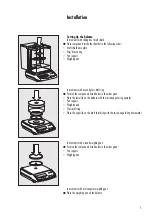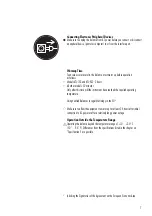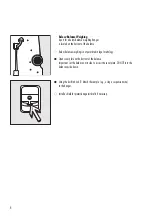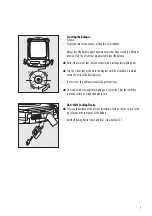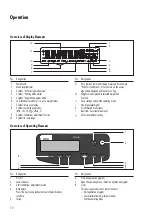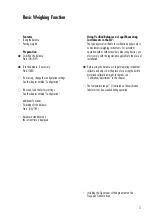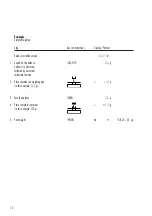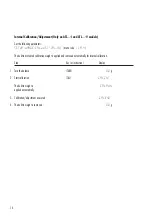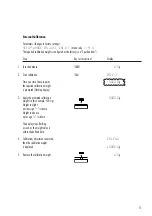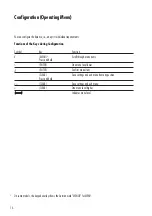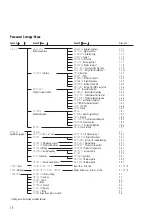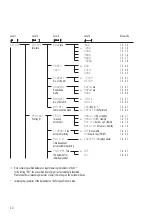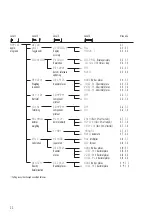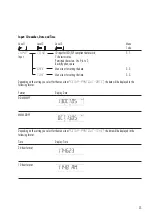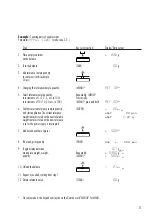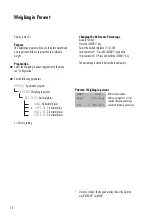
13
Purpose
Calibration is the determination of any difference between
the measured value displayed and the true weight (mass)
of a sample. Adjustment is the correction of this difference,
or its reduction to an allowable level within maximum
permissible error limits.
Using Verified Balancess as Legal Measuring Instruments in
the EU*: Before using your balance as a legal measuring
instrument, internal calibration must be performed at the
place of installation.
Features
Calibration/adjustment can be performed only when:
– there is no load on the balance
– the balance is tared
– the internal signal is stable
– for external calibration, the value displayed for the
calibration weight on the balance does not differ from the
nominal weight value by more than 2%
If these conditions are not met, an error message is
displayed “
Err 02
”.
You can use any of the following weight units in
calibration/adjustment:
CAL.Einh.
-
gramm
,
Kilogr.
or
Pound
(not for verified models)
To block calibration/adjustment:
– Select
Cal.-Adj.-blocked
in the menu
– Close the menu access switch on the back of the balance
External Calibration in Verified Balances
When the balance is used in legal metrology, external
calibration is blocked as follows:
– The setting of the menu access switch is locked
(see “To block calibration/adjustment”)
– The cap over the menu access switch is sealed
For details on generating an ISO/GLP-compliant printout of
calibration/adjustment results, see page 43.
Following calibration/adjustment, the application program
is cleared.
Internal Calibration/Adjustment
In the operating menu, select
Cal.-Adj.-Cal.Int.
before beginning.
The built-in motorized calibration weight is applied and
removed automatically for internal calibration.
§
Select calibration/adjustment: Press (CAL)
> The built-in weight is applied automatically
> The balance is adjusted
> The built-in calibration weight is removed.
* Including the Signatories of the Agreement on the
European Economic Area
Calibration and Adjustment

